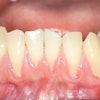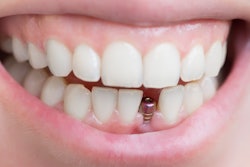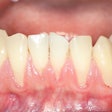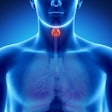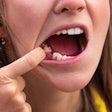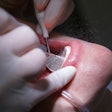Vitamin D deficiency may increase the risk of periodontal disease by increasing the expression of the enzyme matrix metalloproteinase-9 (MMP-9) in gingival crevicular fluid (GCF), according to a study recently published in the Journal of Clinical Periodontology.
Furthermore, higher serum vitamin D levels may be associated with reduced gingivitis and gum disease occurrence, the authors wrote.
“A substantial decline in GCF MMP-9 levels was noted across all groups after vitamin D supplementation, suggesting its potential to mitigate the deleterious effects associated with periodontal disease,” wrote the authors, led by Vusal Gurbanov of the Erciyes University School of Dentistry in Turkey (J Clin Periodontol, May 15, 2025).
This prospective cohort study included 101 adult patients with vitamin D deficiency enrolled between February and October 2022. Vitamin D insufficiency was defined as < 20 ng/mL. Periodontal assessments measured probing depth, clinical attachment level, the plaque index, the gingival index, and bleeding on probing (BOP) conducted by a periodontal resident at six sites per tooth, they wrote.
Participants were classified as having periodontitis based on radiographic evidence of alveolar bone loss and specific clinical criteria, while those with gingivitis had no attachment loss but exhibited a BOP of > 10%. MMP-9 levels in GCF were measured at baseline and one month after vitamin D supplementation.
Vitamin D supplementation led to a significant reduction in GCF MMP-9 levels across all groups and the overall population (p < 0.001). The largest decrease was in the periodontitis group, with median levels dropping from 62.97 ng/30s to 47.47 ng/30s followed by the gingivitis group (29.5 to 21.75 ng/30s) and the healthy group (16.00 to 6.92 ng/30s), they wrote.
Among all factors, changes in serum vitamin D showed the strongest association with MMP-9 changes. Additionally, univariate and multivariate analyses confirmed that both vitamin D levels (p < 0.001) and pocket depth (p = 0.02) were significant predictors of MMP-9 levels in the GCF for the periodontitis group.
However, the study had limitations, including its focus on only one biomarker. In the future, more studies should explore the complex biomarker network and fully understand the interactions, the authors added.
“This study contributes to our understanding of the potential role of vitamin D in the pathogenesis of periodontitis and highlights the need for further research to develop new therapeutic approaches for the management of chronic inflammatory periodontal diseases,” they concluded.

